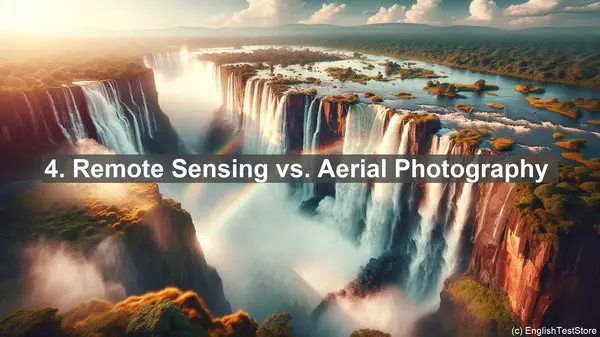Introduction
Today, we’re going to dive into the fascinating world of geospatial science. But before we begin, let’s clear up some common word confusions that often arise in this field.
1. Latitude vs. Longitude
Latitude and longitude are both crucial for locating points on the Earth’s surface. However, latitude measures the distance north or south of the equator, while longitude measures the distance east or west of the prime meridian.
2. Accuracy vs. Precision
Accuracy refers to how close a measured value is to the true value, while precision relates to the consistency of repeated measurements. In geospatial science, both are vital for reliable data analysis.
3. GIS vs. GPS
GIS (Geographic Information System) and GPS (Global Positioning System) are often used interchangeably, but they have distinct roles. GIS deals with data management and analysis, while GPS focuses on positioning and navigation.
4. Remote Sensing vs. Aerial Photography
Remote sensing involves gathering data about the Earth’s surface from a distance, using sensors on satellites or aircraft. Aerial photography, on the other hand, captures images of the Earth’s surface from an aircraft.
5. Georeferencing vs. Geocoding
Georeferencing involves aligning a digital map or image with real-world coordinates. Geocoding, on the other hand, is the process of assigning geographical coordinates to a specific address or location.
6. Topographic vs. Thematic Maps
Topographic maps provide detailed information about the physical features of an area, such as elevation and landforms. Thematic maps, on the other hand, focus on specific themes, like population density or vegetation.
7. Spatial Resolution vs. Spectral Resolution
Spatial resolution refers to the level of detail in an image, while spectral resolution relates to the range of wavelengths it can capture. Both are essential for accurate image interpretation in geospatial analysis.

8. Interpolation vs. Extrapolation
Interpolation involves estimating values within a known range, while extrapolation predicts values outside that range. In geospatial science, both techniques are used for spatial data analysis and modeling.
9. Vector vs. Raster Data
Vector data represents geographic features as points, lines, or polygons, while raster data uses a grid of cells to represent the surface. Each has its strengths, and the choice depends on the analysis requirements.

10. Geodetic vs. Cartesian Coordinates
Geodetic coordinates, such as latitude and longitude, are based on the Earth’s curved surface. Cartesian coordinates, like x and y, use a flat, two-dimensional plane. The choice depends on the application and accuracy needed.
